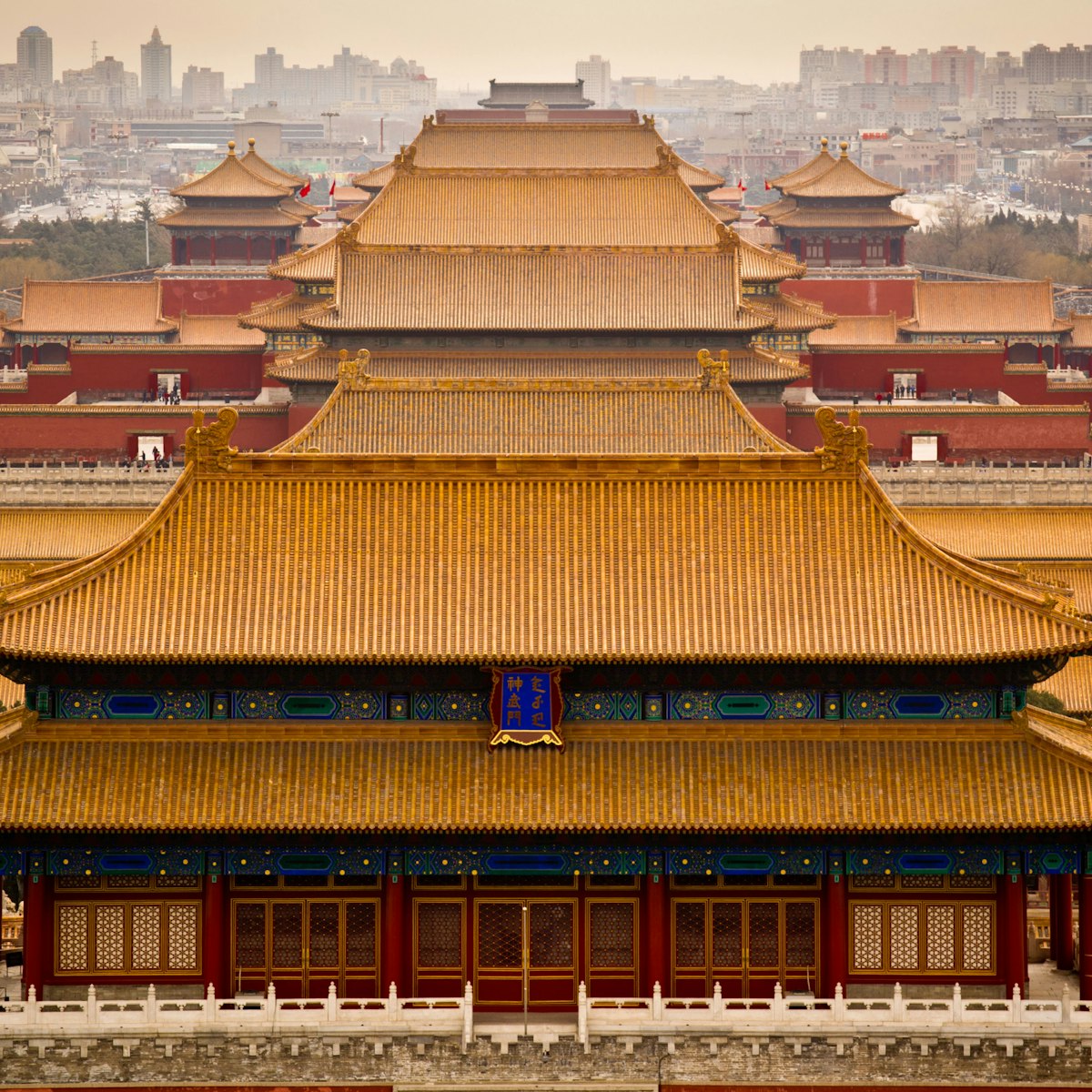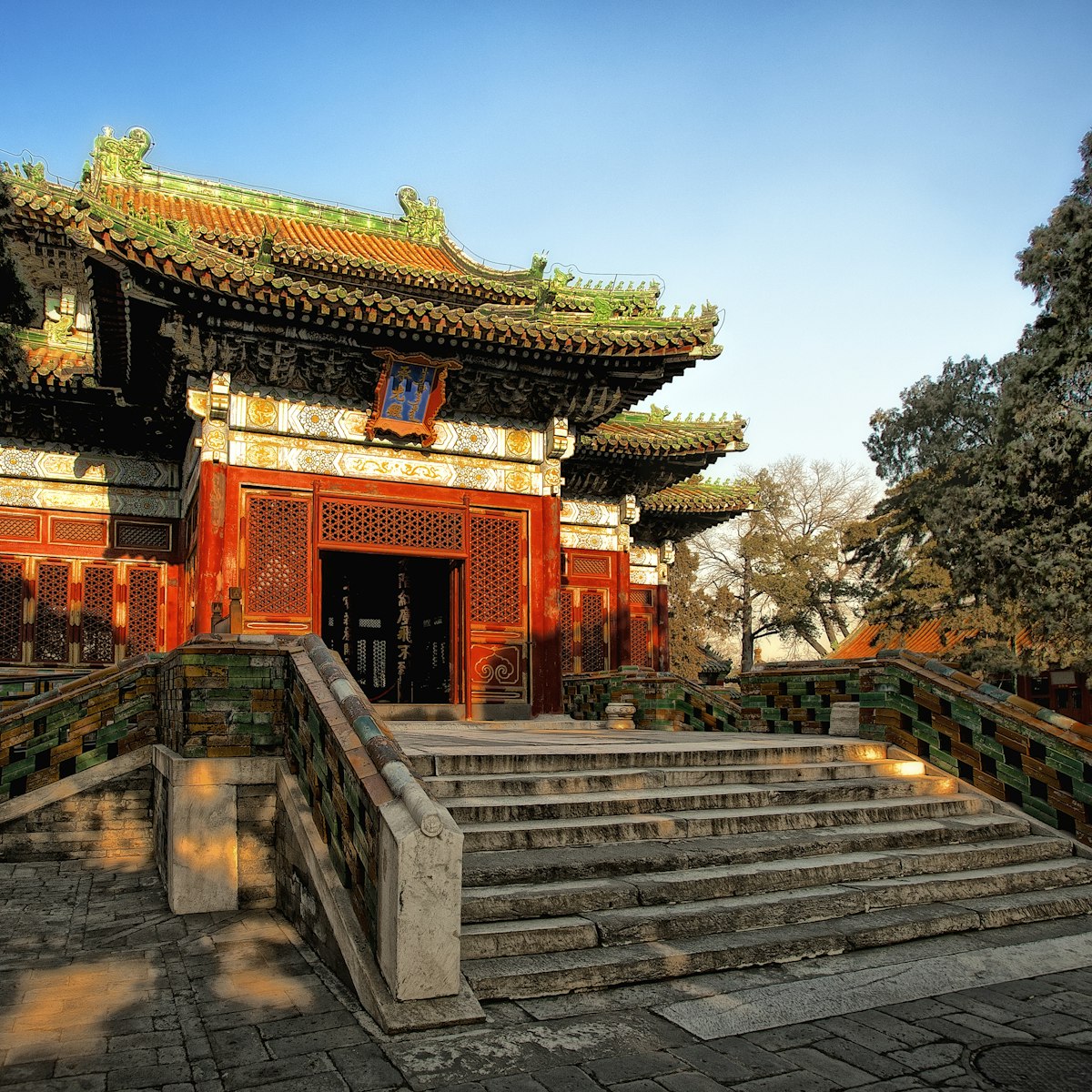Shattered ruins are all that remain of the 'Garden of Perfection and Light', once known as the 'Versailles of the East' for its profound beauty, even surpassing Cixi's 19th century reboot. Jesuit-designed palaces and hundreds of Chinese, Tibetan and Mongolian-style buildings ranged across 350 hectares of exquisitely landscaped gardens – all put to the torch by the British in 1860 (after a thorough looting by the French) at the close of the Second Opium War. What's left is now a public park.
The looting and destruction of the Old Summer Palace is an event forever inscribed in Chinese history books as a low point in China’s humiliation by foreign powers. Lord Elgin, British High Commissioner to China in 1860, ordered the destruction in response to the torture and killing of British envoys attempting to negotiate with the Qing forces under a flag of truce. Some 3500 troops systematically set the palace ablaze, the fire lasting three days.
The subdued marble ruins of the Palace Buildings Scenic Area (Xīyánglóu Jǐngqū) can be mulled over in the Eternal Spring Garden (Chángchūn Yuán) in the northeast of the park, near the east gate. There were once more than ten buildings here, designed by Jesuits Giuseppe Castiglione and Michael Benoist. The buildings were only partially destroyed during the 1860 Anglo-French looting and the structures apparently remained usable for quite some time afterwards. However, the ruins were gradually picked over and carted away by local people all the way up to the 1970s.
The Great Fountain Ruins (Dàshuǐfǎ) are considered the best-preserved relics. Built in 1759, the main building was fronted by a lion-head fountain. Standing opposite is the Guanshuifa, five large stone screens embellished with European carvings of military flags, armour, swords and guns. The screens were discovered in the grounds of Peking University in the 1970s and later restored to their original positions. Just east of the Great Fountain Ruins stood a four-pillar archway, chunks of which remain.
West of the Great Fountain Ruins are the vestiges of the Haiyantang Reservoir where the water for the impressive fountains was stored in a tower and huge water-lifting devices were employed. The metal reservoir was commonly called the Tin Sea (Xīhǎi). Also known as the Water Clock, the Haiyantang was a famous fountain constructed in 1759 in which 12 bronze human statues with zodiac animal heads jetted water for two hours in a 12-hour sequence. The dozen animal heads from this apparatus were looted and ended up in collections abroad. Beijing is attempting to retrieve them – several can now be seen at the Poly Art Museum. Just west of here is the Fangwaiguan, a building that was turned into a mosque for an imperial concubine. An artful reproduction of a former labyrinth called the Garden of Yellow Flowers is also nearby.
The palace gardens cover a huge area – 2.5km from east to west – so be prepared for some walking, especially as the ruins are far from the subway stop and park entrance.








